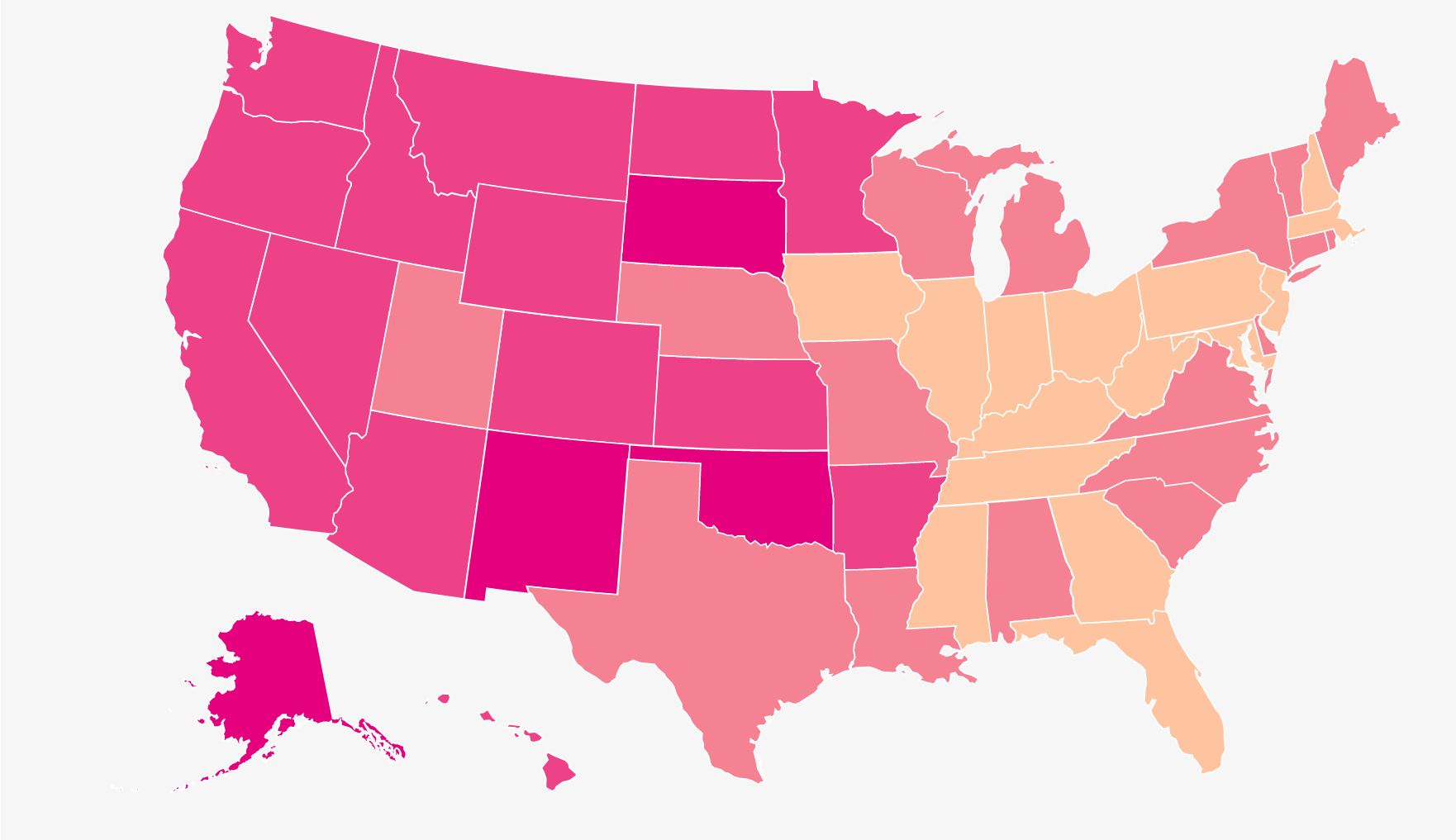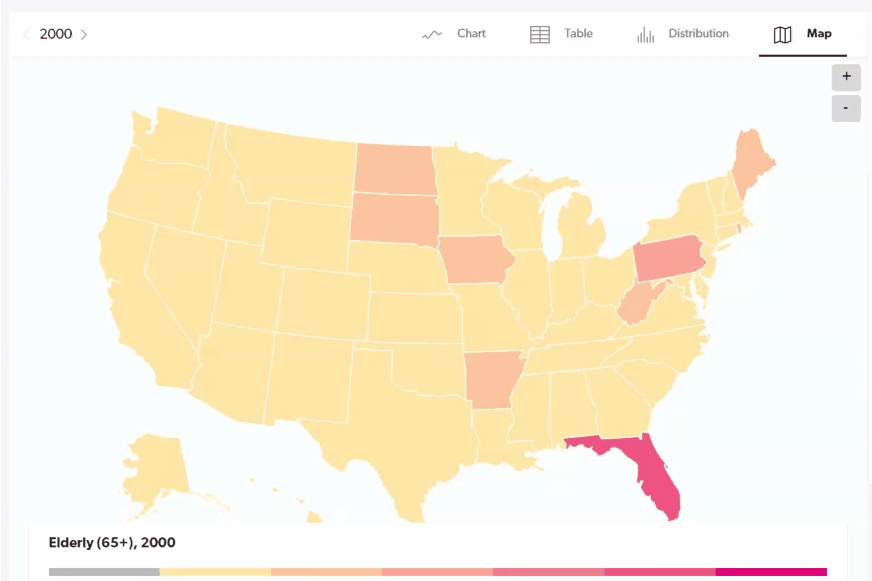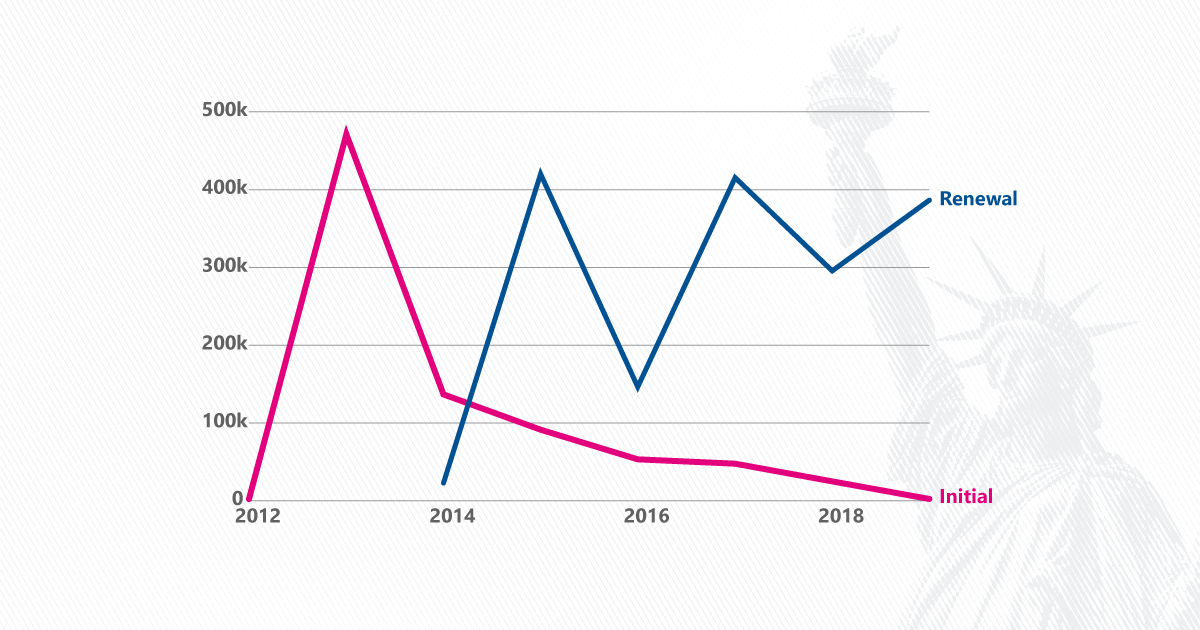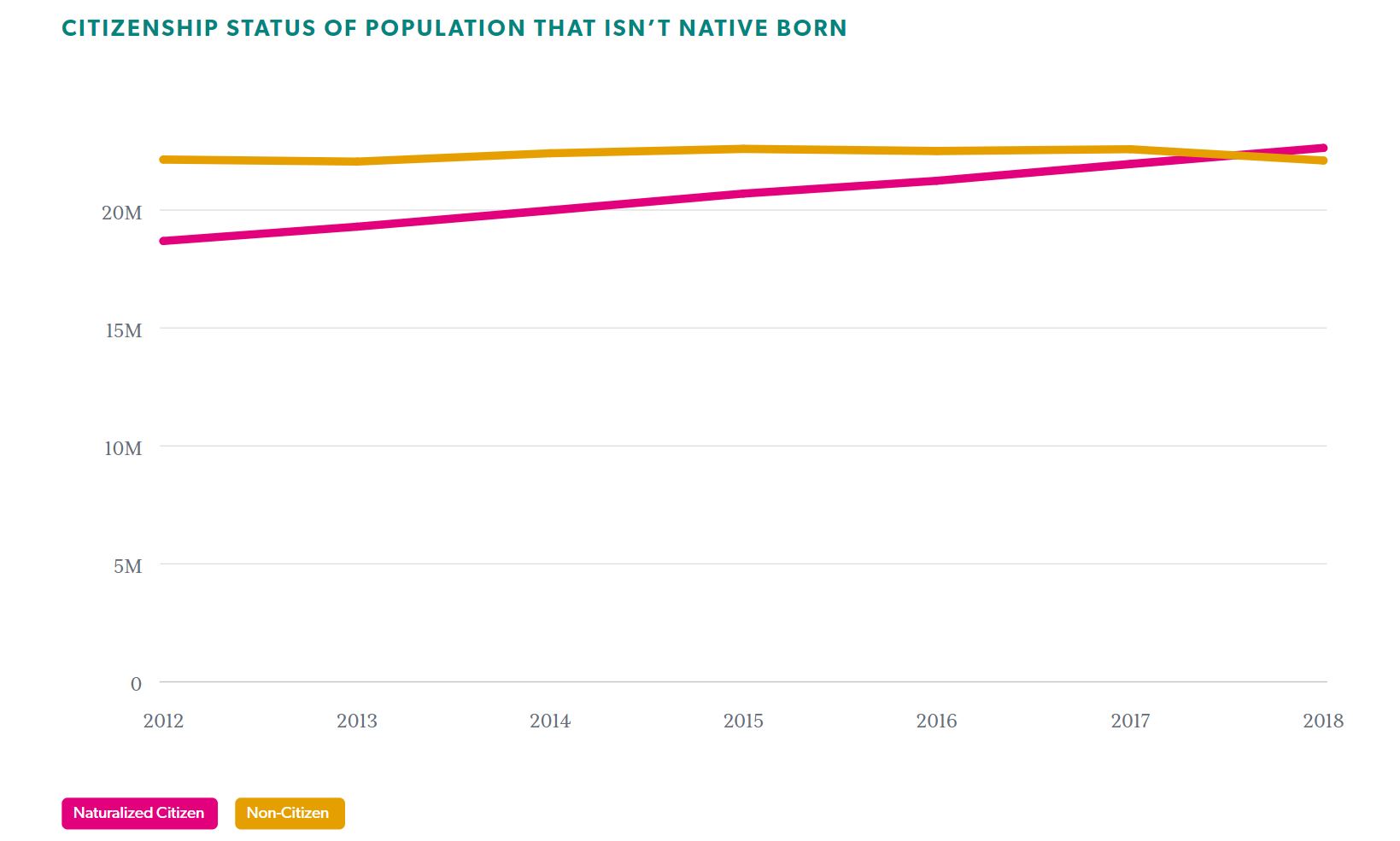Population and society
Native Americans and the US Census: How the count has changed

Gen Z is the generation born in the 15-year span from 1997 to 2012. In 2024, they will turn between 12 and 27 years old. This is the newest generation to gain influence in the world, from joining the workforce to being old enough to vote. The oldest Gen Zers may have already voted in 2020 and possibly the 2016 elections. What does the data tell us about Gen Z?
Gen Z is the most racially diverse generation in the US, aside from younger Gen Alpha. They are the last generation in which the majority identifies as non-Hispanic white (51%).
A quarter of Gen Z (25%) identify as Hispanic, which is four percentage points more than millennials, and 3.9% identify as non-Hispanic multiracial, which is 1.7 percentage points more than millennials.
Between 0.7–0.8% of baby boomers, Gen X, millennials, Gen Z, and Gen Alpha identify as American Indian and Alaska Native alone. The percentage of Gen Z who identify as non-Hispanic Black or African American is the same as Gen Alpha and millennials at 14%. The percentage of Gen Z who identify as Asian (6%) is the same as Gen Alpha and lower than millennials and Gen X (7%).
You are signed up for the facts!
Based on Census Bureau population data, 46.2% of Gen Z was registered to vote in the November 2022 election, and 26.2% voted. They had both the lowest registration and voting rate of all generations.
Registration and voting rates increased with each older generation, with those older than baby boomers, ages 77 and older, having the highest rates of registration and voting participation.
The House and Senate have different age requirements: a person must be 25 years old to serve in the House and 30 to serve in the Senate. Since the oldest of Gen Z is 27 in 2024, they are not yet eligible for the Senate.
However, Representative Maxwell Frost was the first member of Gen Z to be voted into the House of Representatives in 2022.
In 2022, workers ages 16–24 made up nearly 12.8% of the workforce. By the end of 2022, the oldest of Gen Z would have been 25, so this age range excludes the oldest of Gen Z due to data grouping.
The labor force participation rate, which is the percentage of a population who are employed or actively seeking employment, was 36.8% for ages 16–19 in 2022. That’s more than 10 percentage points lower than the participation rate for the same age group in 2002, when the labor force participation rate was 47.4%. The lowest labor force participation rate for this age group was 34.4% in 2012, which would not have included Gen Z, the oldest of whom was 15 years old at the time.
Similarly, the labor force participation rate for ages 20–24 decreased from 2002 to 2022, hitting its lowest in 2012 (before Gen Z) at 70.9%. The participation rate was 76.4% in 2002 and fell to 71% by 2022.
Labor force participation increases by age range as young people leave school and enter the workforce, and workers in older generations retire and leave the workforce.
Gen Z covers a timespan of individuals who are tweens, teenagers, and young adults in the United States. Although the oldest members of Gen Z will turn 27 years old in 2024, the youngest will turn 12, or around the age of a sixth grader. The data indicates that Gen Z is one of the most racially diverse generations in the nation, and by the 2030 election, the entire generation will be old enough to vote.
Learn more about America’s aging workforce, population over time, and get the facts every week by signing up for our newsletter.
Population and society
Population and society
Population and society
Population and society
Newsletter
Keep up with the latest data and most popular content.


